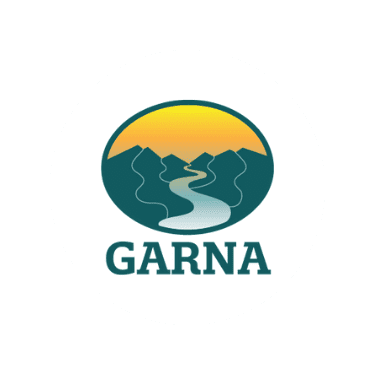
By Rose Nadelhoffer
(This article is part of a series of environmental columns for the Mountain Mail, published Dec 26, 2024)
Amid ceaseless visitation, explosive development and a changing climate, locals in Colorado mountain towns often struggle to feel a sense of ownership and permanency within their own communities.
Many in those communities believe there is a future, however, in which their communal values and needs are acknowledged by the federal government and supported by law. That, they feel, would be the case should a new piece of legislation proposed in Congress – the Gunnison Outdoor Resource Protection (GORP) Act – be passed before the White House and Senate change hands.
The GORP Act is a Gunnison-born initiative that aims to protect over 700,000 acres of beloved public lands in Gunnison, Delta and Hinsdale counties. By assigning six different congressional-level designations to public lands, the Gunnison Public Lands Initiative (GPLI) – which proposed the act to Sen. Michael Bennet in 2019 – says the GORP Act would extend greater protections to these areas.
Most land impacted by the GORP Act would be designated as a wilderness area (WA) or as a special management area (SMA). Once a parcel of land is designated as a WA, new extractive activities including mining, oil and gas drilling, use of machinery and commercial timber harvest are prohibited. The goal of this designation is to preserve the natural character of the land and allow primitive access for visitors. SMAs allow for a greater variety of uses as identified by the community, such as mineral development, road building, recreational use and wildlife/watershed protection. SMAs, however, still prioritize the conservation of natural, scenic, historic, pastoral and fish and wildlife values.
While the GORP Act proposes changes to the technical designation of some public lands, supporters affirm that it will not impact valid, pre-existing uses of that land such as livestock grazing, private-property rights, water rights, wildlife management, vegetation and wildfire management, hunting, fishing, mountain biking, summer motorized use, quiet uses like horseback riding or hiking, over-the-snow use and scientific research.
The act is intended to mitigate future harms to the environment caused by ever-increasing tourism and development and thereby benefit the local communities, economies and wildlife that rely upon our natural environment.
“What unites us all the most, regardless of politics, religion, our day job, our affiliations, is the land. The rancher is just as invested in the land as the mountain biker, or as the conservationist,” Jessika McFarland, community organizer of GPLI, said in a conversation with GARNA staff.
McFarland is one of many Gunnisoners who has worked tirelessly to bring this project to fruition.
Born in 2014 of Gunnison community members who recognized the need for greater public lands protections, the GORP Act has been fine-tuned over the past decade to incorporate input from folks of all walks of life on the Western Slope. Its wide, bipartisan base of support includes local municipalities, the Ute Mountain Ute Tribe, many local businesses and a medley of organizations from American Whitewater to the Gunnison Valley OHV Alliance of Trail Riders and the Gunnison County Stockgrowers’ Association.
As GPLI Working Group member Jon Hare puts it, “the GORP Act is a very strong example of public land protections that were collaboratively designed by our local community.”
In proposing this initiative, community members studied maps to understand how land was being used and the effects of that use on the environment. They used this data to establish specific management boundaries such as WAs and SMAs, which help land managers address impacts on public lands more effectively.
This process required extensive negotiation between community members, and trade-offs had to be made.
“We ended up talking with a local snowmobiling outfitter that expressed concern that this management area was going to impact the local economy and their business because it was going to change the land designation. And so we cut it for that reason. We really, at the end of the day, like prioritizing existing use and listening to locals about the values that they hold the most dear,” said McFarland.
Supporters of the GORP Act see it as an exciting example of the political inertia that community collaboration and bipartisan support can create.
Anyone interested in learning more about the GORP Act can visit gorpact.org.
Rose Nadelhoffer is the newest GARNA staff member after serving as our Blue Elements Americorp. Have a burning environmental question? Send it to Rose@garna.org.

GARNA works with communities of the upper Arkansas River valley to foster the stewardship of the region’s natural environment and the resilience of our communities.